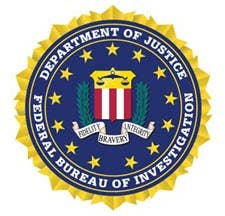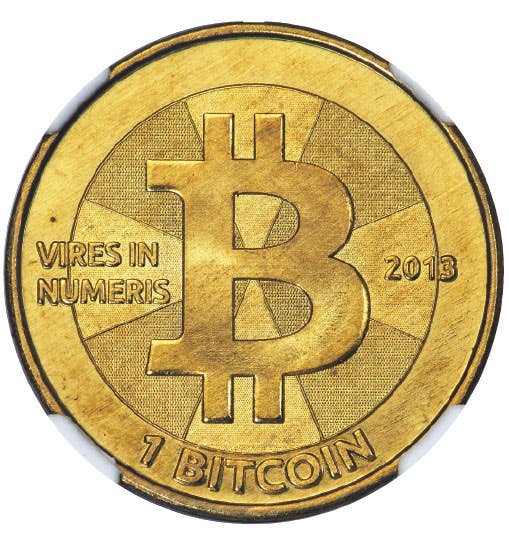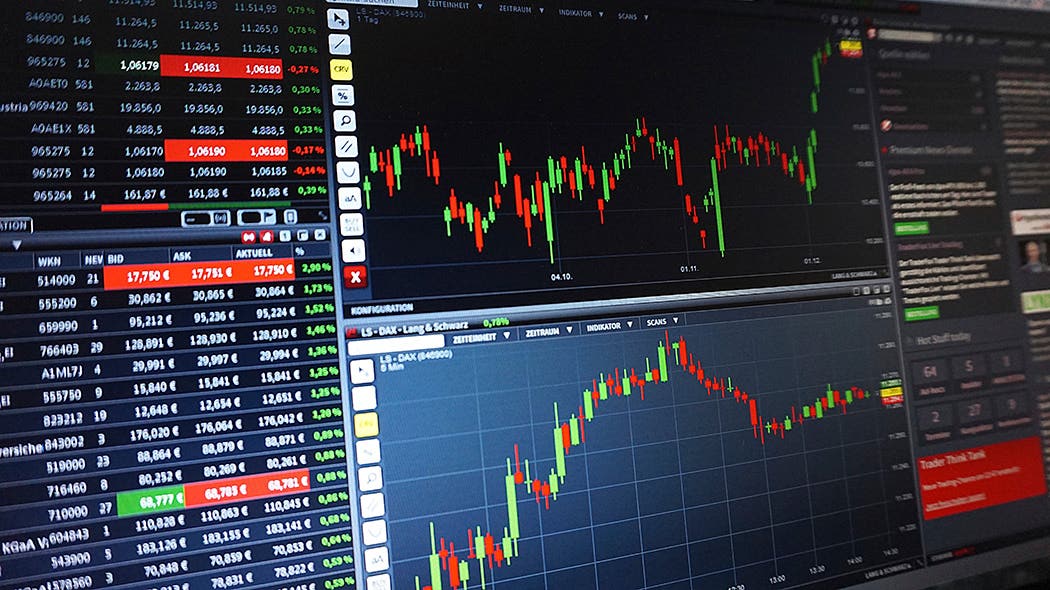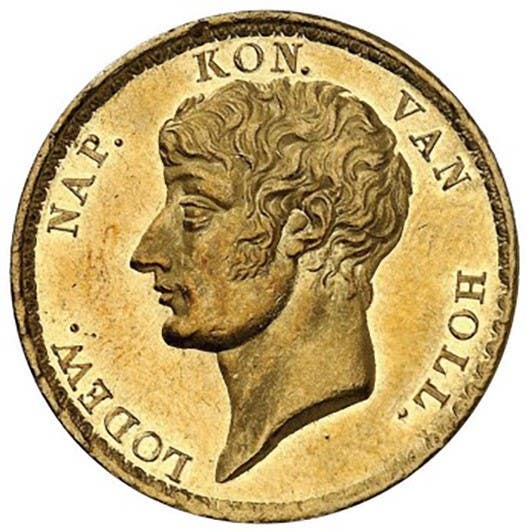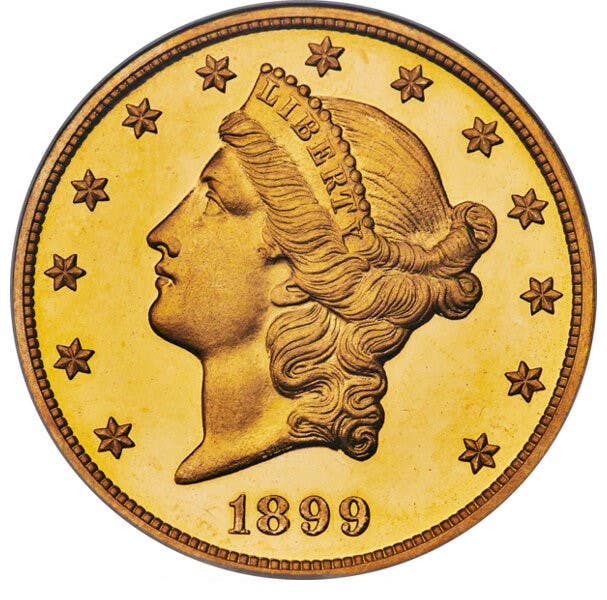Gold, silver remain foundation of freedom
In last week’s column, I described how today’s government-created circulating coins and currency do not meet all of the functions of money. Specifically, while they may serve as a temporary…
In last week’s column, I described how today’s government-created circulating coins and currency do not meet all of the functions of money. Specifically, while they may serve as a temporary medium of exchange, government-created currencies do not serve the function of money as a long-term store of value.
The U.S. dollar is a perfect example of this. At the beginning of 1933, the U.S. dollar was equal in value to 0.04838 of an ounce of gold. Since then, as of early this week, the value of the dollar had fallen 98.3 percent to just 0.00081 of an ounce of gold.
This regular decline in value is actually a standard policy of the U.S. government. In the periodic meetings of the Federal Open Market Committee, the concluding announcements state a targeted depreciation rate for the U.S. dollar of 2 percent per year (which, according to government data, is a target not achieved in recent years but, in the real world, has been higher than this rate).
In contrast, physical gold and silver have held their value over thousands of years without failure. An ounce of gold or silver a thousand years ago is still worth an ounce of gold or silver today. In serving as a long-term store of value, physical gold and silver also provide another benefit—the protection of individual liberty.
As the U.S. government pulled out of the Vietnam War in the mid-1970s, South Vietnam’s currency failed. People whose wealth consisted of Vietnamese dong became destitute and unable to flee the oppressive conquerors. Of the large numbers of refugees who were able to flee the country to resettle around Lansing, Mich., each and every one I have talked with over the years said that making payments in gold is how they were able to escape.
By owning money as a long-term store of value, people are less subject to the attempts by governments to diminish part of their wealth through inflation of the money supply. When the Far East Asia currency crisis hit in 1997, for example, the currency of Indonesia suffered the greatest decline in value. Indonesian citizens whose wealth was denominated in the government’s rupiah were financially devastated. Millions of people were forced to rely on government welfare programs in order to survive.
In contrast, citizens who held significant quantities of physical gold and silver saw their standard of living little affected. Some even flourished. Owning money in the form of gold and silver even enabled some to move to other countries with better financial prospects.
In centuries and millennia past, governments actually issued gold and silver coins where the purchasing power depended on the weight and purity of the metals. While they may have been given denominations such as drachm, aureus, denarius, penny, ducat, real, escudo, pound, franc, thaler, peso, and dollar, the underlying store of value was the intrinsic value of their metal content. However, when governments tried to cheat the public by clipping gold and silver from around the edges or issued coins of a lower weight or purity, such actions led to the decline in the value of such circulating pieces over time and, eventually, to their failure. Just because the U.S. dollar has not yet totally failed is no guarantee that will never occur.
As I said in a column three years ago, “Possession of physical gold (and silver) gives the owners the freedom to protect their financial well-being from the broken promises and changing laws of governments. In owning physical gold, citizens no longer have to worry whether any particular government has a track record of sound finances, a stable currency, respect for civil liberties and private property, and the rule of law.
“Unfortunately, it is these very freedoms and self-control that gold ownership provides that also makes politicians and bureaucrats largely anti-gold (and silver).”
Owning physical gold and silver may even someday help save the lives not only of people from other parts of the world but also of some Americans.
Patrick A. Heller was the American Numismatic Association 2012 Harry Forman Numismatic Dealer of the Year Award winner. He was also honored by the Numismatic Literary Guild in 2016 for the Best Dealer-Published Magazine/Newspaper and for Best Radio Report. He is the communications officer of Liberty Coin Service in Lansing, Michigan and writes Liberty’s Outlook, a monthly newsletter on rare coins and precious metals subjects. Past newsletter issues can be viewed at http://www.libertycoinservice.com. Some of his radio commentaries titled “Things You ‘Know’ That Just Aren’t So, And Important News You Need To Know” can be heard at 8:45 AM Wednesday and Friday mornings on 1320-AM WILS in Lansing (which streams live and becomes part of the audio and text archives posted at http://www.1320wils.com).
This article was originally printed in Numismatic News. >> Subscribe today.
More Collecting Resources
• Subscribe to our monthly Coins magazine - a great resource for any collector!
• Purchase your copy of The Essential Guide to Investing in Precious Metals today to get started on making all the right investing decisions.





